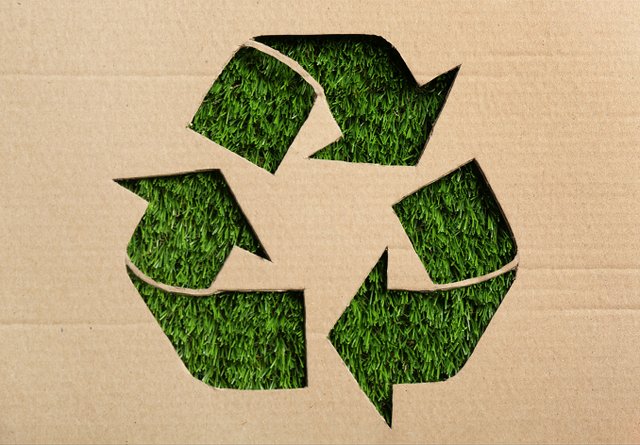Some people assume that because cardboard is a paper product that automatically means that it’s environmentally unfriendly. On the contrary – most corrugated packaging these days is made from post-consumer recycled materials and can be recycled again after use. Recycling processes have improved dramatically over the decades and are now much more much efficient than many people realise.
Recycling is defined as the reprocessing and reuse of materials. Sustainability is defined as the capacity to endure. By reusing our materials, we increase our capacity to endure. By lengthening the time we have, we are able to recycle better (through technological advancements, social norms shifting to recycling as opposed to direct waste, and so on). The system extends itself in this regard.
We choose paper because modern recycling makes paper easier and easier to recycle. Almost all paper can be recycled, where many types of plastic cannot. This allows our boxes to come from higher content recycled material, and that means lower business costs for us, which means lower costs for our customers, and that again points to sustainability, both environmental and economical.
Additionally, we do not control how our customers and their customers dispose of their boxes – most homes have the ability to recycle, as well as having nearby recycling bins in towns and cities, though not all. If recycling is not possible, then some cardboard boxes may end up in landfill, however, paper boxes break down and decompose in landfills much faster than plastics. This does not necessarily help keep costs down, but it does help lessen the environmental impact we all have.
Another example of cardboard lessening our carbon footprint, is that cardboard boxes are generally easier to ship, since they are usually cuboids and can stack neatly in lorries with little to no wasted space. Shipping packages by lorries is typically one of the harshest blows to the environment that businesses make, contributing significant amounts of air pollution to the regions they operate in. Optimised shipping efficiency – i.e. fewer lorries – makes a big stride toward reducing air pollution. Cuboid-shaped boxes help improve the lorry-loading process, which results in fewer separate deliveries from lorries, which reduces the pollution.
Even if a business doesn’t typically ship products far and wide, selling their products in the same place they make them, there are usually product containers involved. Ordering cardboard boxes over irregularly shaped plastic containers can help reduce the shipping effort, since cardboard boxes can lie flat, allowing lorries to haul more items per shipment.
Environmental impact is a complex web of interconnected causes and effects. Despite what some people may say, cardboard boxes may be the most environmentally friendly method of packing, shipping, and storing products. Swanline is dedicated to responsibility in all aspects of our business, and that includes our environmental impact.

